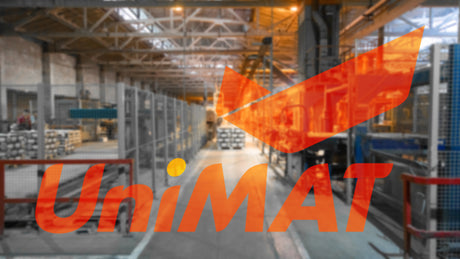
UniMAT's Successful Integration in the Building Materials Industry: A Case Study
By UniMAT
Introduction:The building materials industry relies on advanced automation solutions to optimize production processes and meet the increasing demand for quality construction materials. This case study highlights the successful collaboration between...





